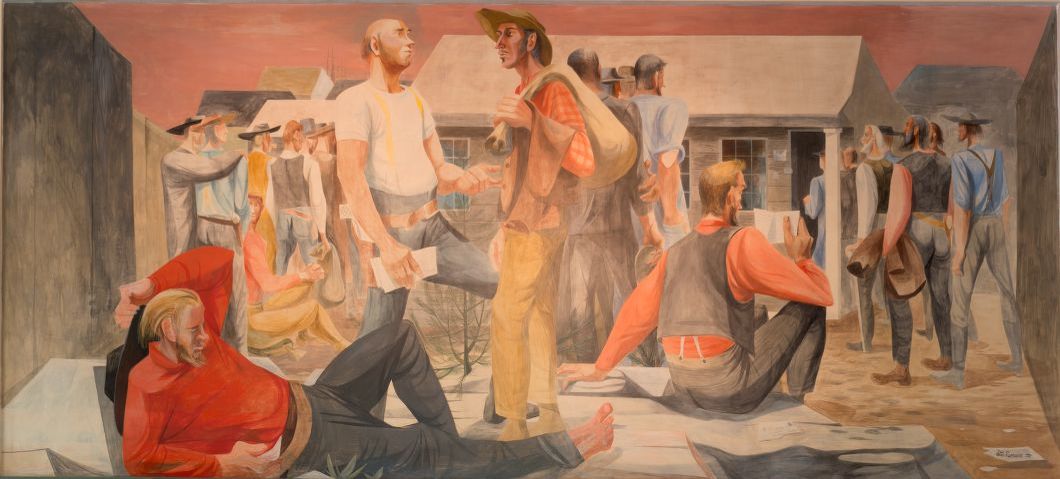In 1940, the Treasury Department holds a contest to choose an artist to paint a series of murals for the lobby of the Rincon Annex U.S. Post Office in San Francisco’s Embarcadero district.
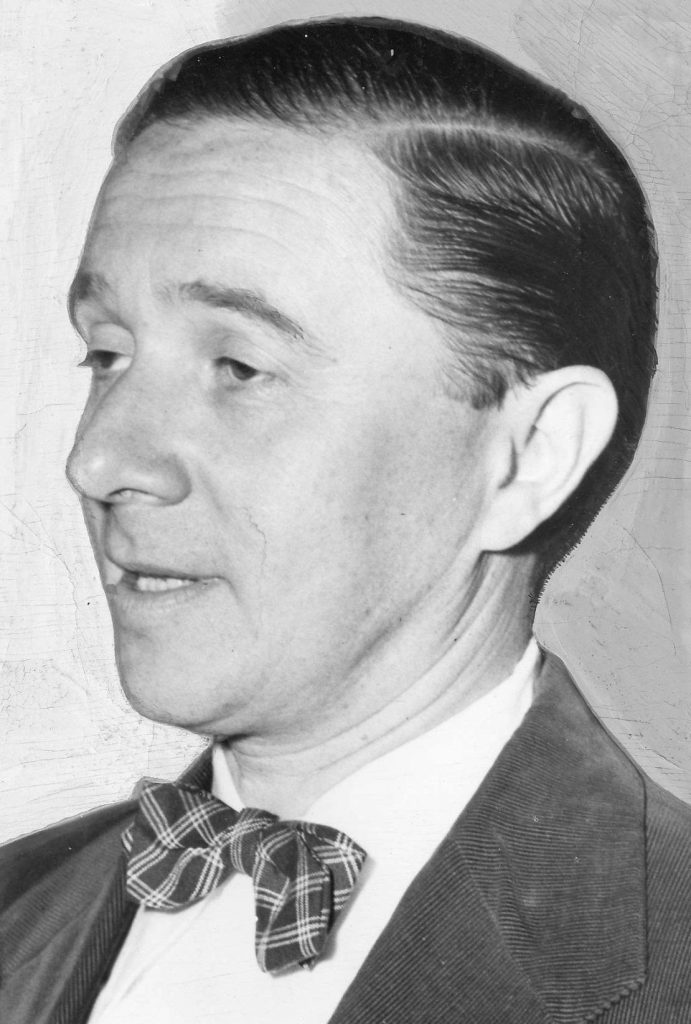
The murals are to depict San Francisco history from the Spanish explorers to the present day. Eighty-three artists compete. Anton Refregier, a Russian immigrant and New York artist, is chosen.
In part because of the project scope, the commission is a hefty $26,000. Besides being the largest murals created through the jobs work programs of President Franklin Roosevelt’s New Deal, they are also the last. Interestingly, the first New Deal murals grace Coit Tower, walking distance from what’s now the Rincon Center.
Refregier begins painting but work is suspended after America enters World War II in late 1941. His work resumes in 1946, after the war ends. It takes two years for him to complete 27 panels covering 400 square feet of wall space.

Carol M Highsmith, photographer, 2012. Library of Congress https://lccn.loc.gov/2013630293
His panels depict the triumphs of San Francisco’s past, like the construction of the Golden Gate Bridge and the building of battleships for World War II.
But Refregier includes less proud moments in California history. One panel shows the Sand Lot Riot of 1877, in which Chinese immigrants were beaten by a white mob. On another panel is the 1934 waterfront strike by longshoremen that resulted in the killing of two protestors by the police.
Another mural captures the death and misery of the 1906 earthquake. Refregier’s depiction of the building of the Transcontinental Railroad focuses on the workers who carry water and lay track, rather than the men who engineered and financed the railway.
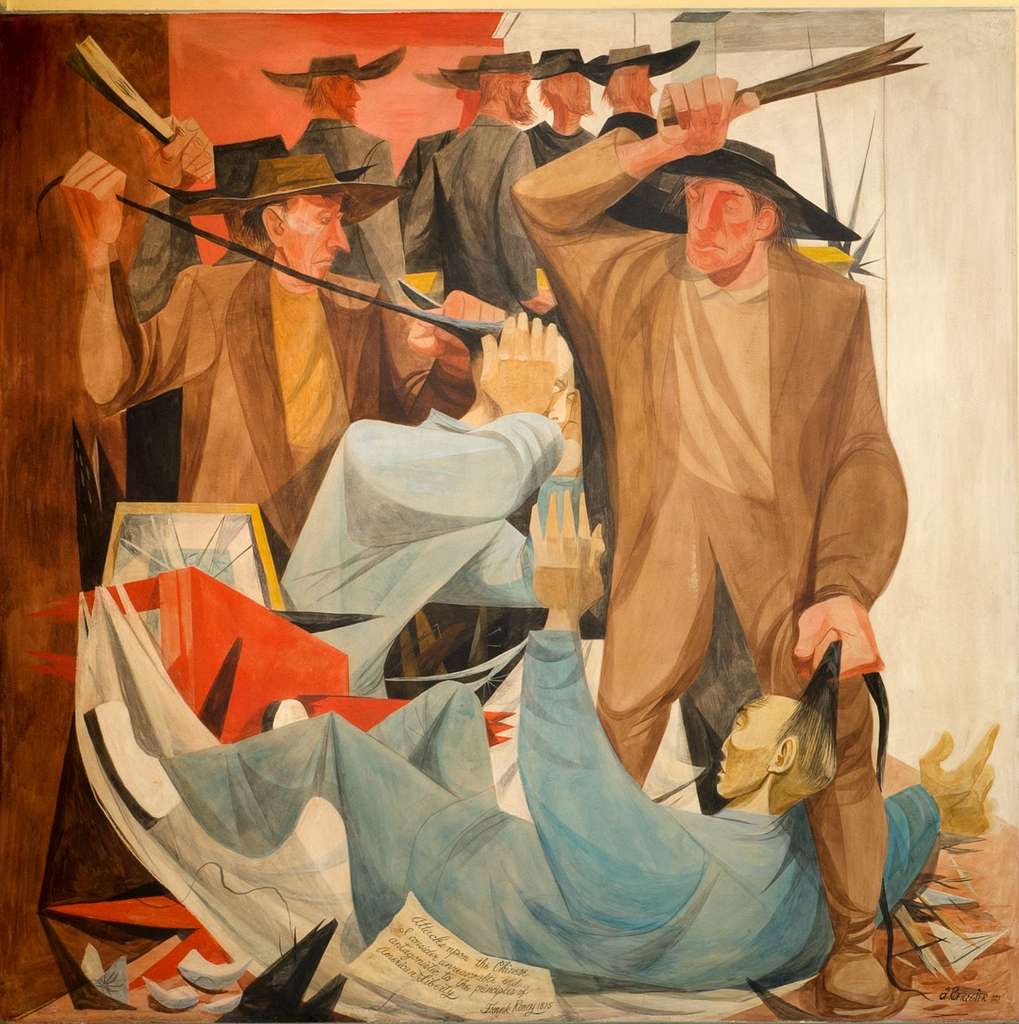
Carol M Highsmith, photographer. Library of Congress https://lccn.loc.gov/2013630300
Controversy over Refregier’s work begins even before he’s completed the panels. The Catholic Church objects to the depiction of a friar at Mission Dolores being portly, while the Native Americans at the mission appear to be starving. Refregier slims down the friar.
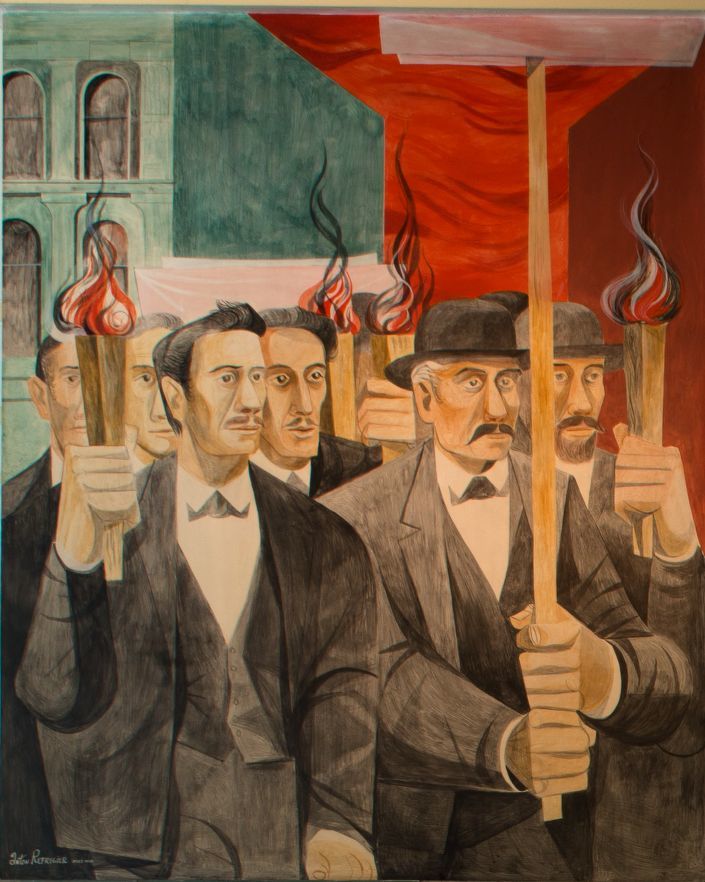
Carol M Highsmith, photographer, 2012. Library of Congress https://lccn.loc.gov/2013630301
A sign in one panel, titled “Torchlight Procession,” proclaims support for the 8-hour work day. Local public officials successfully push to excise the offending sign.
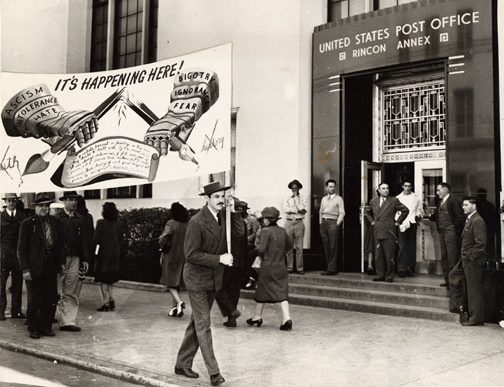
Despite protesting many of the demanded changes, Refregier agrees to over 90 revisions to appease critics.
Nevertheless, the murals draw the ire of a Michigan congressman, George Dondero, chairman of the House Committee on Public Works and critic of modern art, which he deems “communistic because it is distorted and ugly.”
In 1953, Dondero holds a hearing on removing the murals for being “inconsistent with American ideals.”
The trial of the Rincon Annex murals begins.
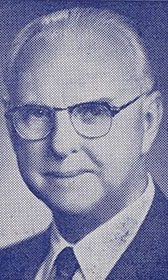
Hubert B. Scudder, a California congressman on the subcommittee tasked with determining the mural’s fate, refers to it as “an insult to the state” and “anti-American in motif.”
The National Guardian newspaper reports on April 20, 1953 that Scudder says, “What if all this [the murals] was a part of American history? We want to forget it. … and the race business, why bring that up?”
Louise Gilbert, Refregier’s assistant, in a letter to the San Francisco Chronicle, June 25, 1953, writes, “The most charitable thing to be said of Rep. Hubert Scudder, who aired the mistaken charges against the murals in Congress, is that he has never seen them.”
Several arts organizations, city leaders and all three of San Francisco’s museums voice their support for the mural on the grounds that freedom of expression should be protected.
Scudder’s resolution to have the panels removed never makes it out of committee and the mural remains. Today, the Rincon Annex lobby and Refregier’s mural are a designated city landmark and listed on the National Register of Historic Places.
Says Refregier of his mural:
“There are those who would like to erase some regrettable parts of our historic heritage with a big historic lie. … I knew I would step on some tender toes, particularly in those quarters which never raise a voice against the overwhelming emphasis in our present day culture permeated with brutality, mysticism, a negation of life, a degradation of man.”
from the National Guardian, April 20, 1953.
